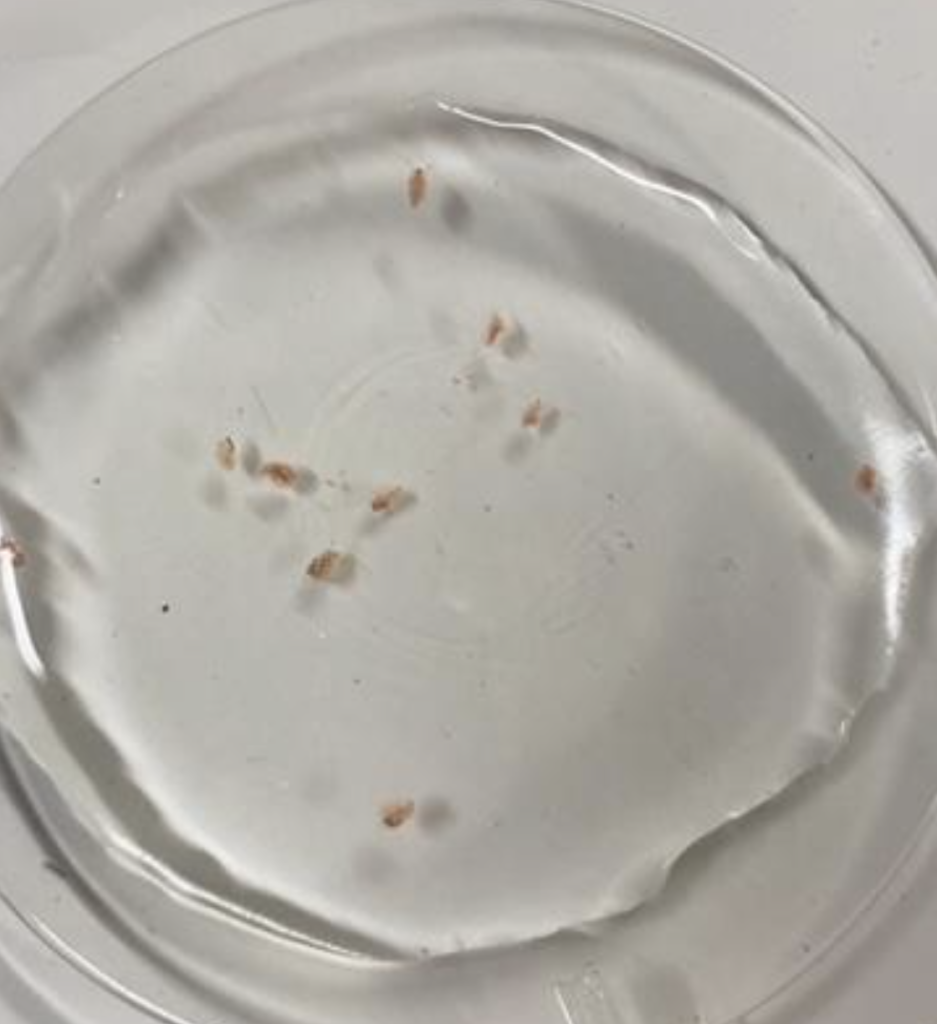E-liquid in the UK’s Aquatic Environment – A Recipe for Disaster for Invertebrates?

- Lily Butler, Milly Tregaskes, Jem Carpenter
- Cornwall School of Maths and Science, Camborne
Abstract
Disposable vapes have risen in popularity over the past three years but with this so has the irresponsible disposal of the vapes and the e-liquid within them. This project aims to investigate how increasing concentrations of e-liquid in the UK’s environment affect invertebrates such as Daphnia magna. To do this we diluted e-liquid to set concentrations and measured the movement and heart rate of the D. magna. During each experiment a control heart rate was recorded when the daphnia were in water at 0% e-liquid, this allowed a fair comparison when e-liquid was then added. The nutrients available to D. magna between experiments and place of storage was also controlled to avoid other factors affecting the D. magna. At each concentration a minimum of three D. magna were tested and 20 different concentrations of e-liquid were used to create a representative set of data. Statistical analysis was then carried out on the data, and graphs were created for both the heart rate and movement of D. magna against time. Statistical analysis showed that there was an R2 value of 0.92 when considering the negative correlation between the heart rate of D. magna and the e-liquid concentration, this suggests that increasing the concentration of e-liquid may have a negative effect on this species. When comparing the heart rate and movement graphs both experience an unexpected peak at around 3.5% e-liquid. Past research demonstrated that monosodium glutamate can increase the heart rate of D. magna. Monosodium glutamate is an ingredient used in the flavouring of e-liquid. As a result, this is a possible explanation for this peak in movement and heart rate. Overall this project demonstrates that an increase in the e-liquid concentration may have a negative effect on the health of D. magna. Further research would be required to explore which ingredients within e-liquid have the greatest effect of the D. magna, as well as the effect it has on the invertebrates over a longer period of time at lower concentrations. Moreover, this project could stimulate further discussions about how e-liquid may cause harm to larger species through biomagnification.